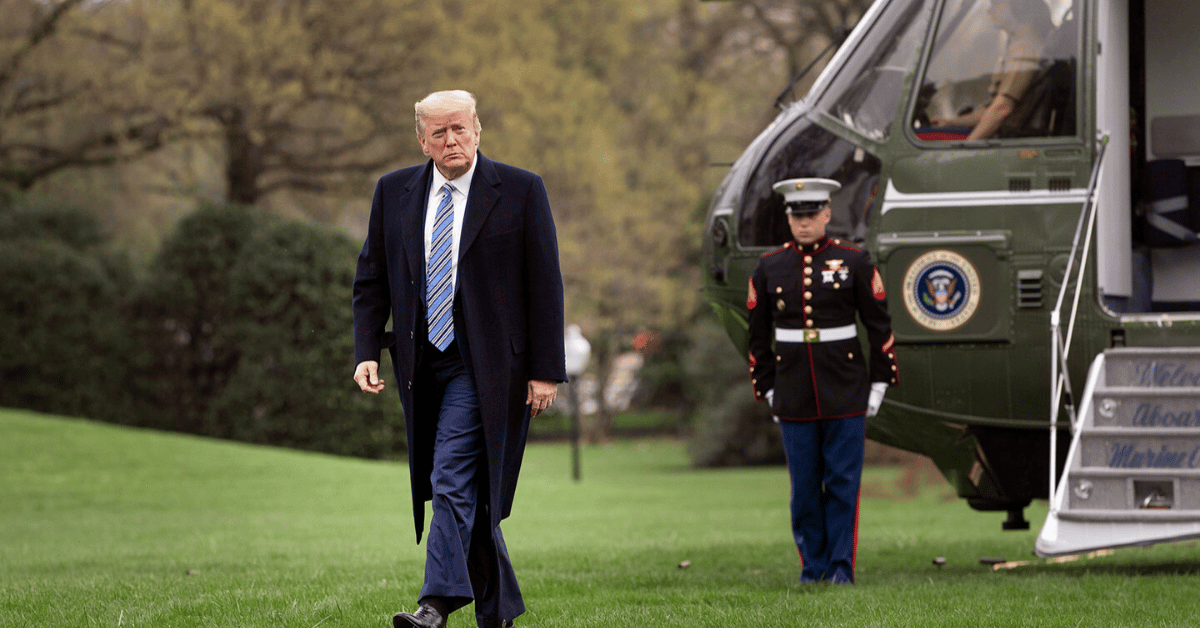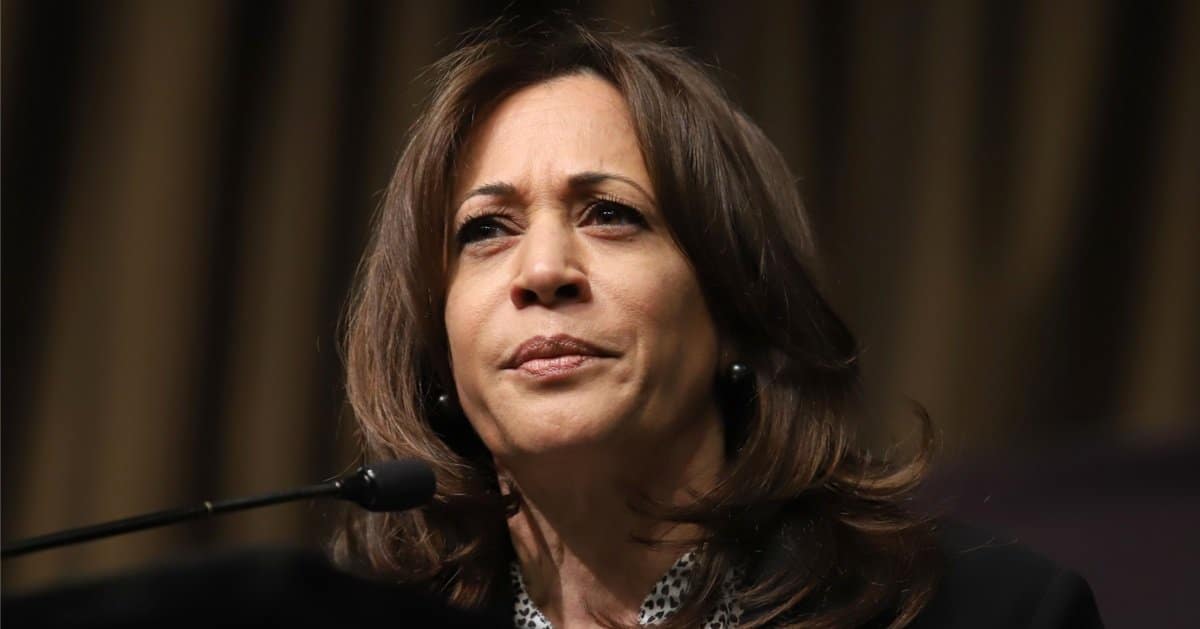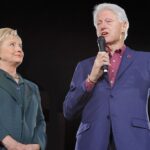

President Donald Trump unleashed a fiery critique of Federal Reserve Chair Jerome Powell, accusing him of stalling the economy with stubbornly high interest rates.
Fox Business reported that on Thursday, via his Truth Social platform, Trump labeled Powell "too late" and "too stupid," claiming his leadership is draining the nation’s wealth. This outburst follows the Fed’s decision to keep rates unchanged, a move that has sparked heated debate.
Trump’s attack came just a day after the Federal Reserve opted to hold its benchmark interest rate steady for the fifth straight meeting.
The Fed, under Powell’s guidance, pointed to uncertainties over tariffs’ impact on inflation and consumer prices, alongside a labor market nearing full employment. Trump, who appointed Powell in 2017, seems to regret that choice now.
Before the Fed’s Wednesday announcement, Trump boasted on Truth Social about the economy’s 3% growth in the second quarter, calling it “way better than expected.” Yet, he insists Powell’s refusal to cut rates is costing the U.S. “trillions of dollars.” This contradiction reveals a president eager to claim credit but quick to deflect blame.
Trump’s Thursday post on Truth Social didn’t hold back, branding Powell a “total loser” who’s bungling both monetary policy and a Federal Reserve building renovation.
“Jerome ‘Too Late’ Powell has done it again!!!” Trump wrote, accusing him of being “too angry” and “too political.” Such rhetoric, while colorful, risks undermining the Fed’s independence, a cornerstone of economic stability.
The Fed’s decision to maintain rates at 4.25% to 4.5% reflects caution, not cowardice, as Powell navigates tariff-driven price hikes and a robust labor market.
Powell noted at a press conference that inflation remains above the Fed’s 2% target, a point underscored by Thursday’s Commerce Department data. Consumer prices, per the PCE index, climbed 2.6% annually in June, up from 2.3%.
Core PCE, stripping out volatile food and energy costs, ticked up from 2.7% to 2.8%, moving further from the Fed’s goal. These figures suggest inflation isn’t tamed, despite Trump’s claim of “no inflation.” His call to “let people buy, and refinance, their homes” ignores the delicate balance Powell must strike.
Powell, speaking Wednesday, acknowledged that tariffs are pushing up consumer prices, though their long-term economic toll remains murky.
“Higher tariffs have begun to show more clearly in the prices of some goods,” he said. This measured take contrasts sharply with Trump’s bombast, highlighting a clash of styles and priorities.
The Fed’s next meeting in mid-September could shift the calculus, but markets aren’t betting heavily on a rate cut. The CME FedWatch tool showed a drop in the likelihood of a 25-basis-point cut, falling from 58.4% a week ago to 39.2% on Thursday. Meanwhile, the odds of rates staying put rose to 60.8%.
Trump’s visit to the Fed’s headquarters, where he toured the renovation-plagued building with Powell, added a theatrical twist to the saga.
As only the fourth president to set foot in the Fed’s halls, Trump’s presence was less about policy and more about optics. His fixation on the renovation’s cost overruns feels like a distraction from deeper economic questions.
Trump’s cheerleading of the economy’s 3% growth masks underlying tensions. The Fed’s data-driven approach prioritizes long-term stability over short-term wins, a nuance Trump seems to overlook. His demand for immediate rate cuts assumes a simple fix for complex inflationary pressures.
Powell’s press conference remarks underscored a labor market at “roughly full employment,” giving the Fed room to hold steady unless conditions deteriorate.
This pragmatism frustrates Trump, who sees rate cuts as a quick boost for homebuyers and businesses. Yet, Powell’s caution may shield the economy from overheating.
The Commerce Department’s PCE data release on Thursday painted a mixed picture, with inflation creeping upward. This uptick, while modest, validates the Fed’s hesitation to slash rates prematurely. Trump’s “no inflation” claim rings hollow against these numbers, undermining his critique’s credibility.
Trump’s Truth Social tirade, while entertaining, oversimplifies the Fed’s challenge in balancing growth and inflation.
His assertion that Powell’s inaction costs “trillions” lacks evidence and ignores the Fed’s mandate to prioritize stability. A president’s public pressure on a central bank risks eroding trust in institutions.
Powell’s steady hand, while not flashy, reflects a commitment to data over drama. The Fed’s focus on tariffs’ inflationary ripple effects and labor market strength suggests a nuanced approach that Trump’s rhetoric sidesteps. Critics of Powell might argue he’s too slow, but recklessness could cost more than caution.



